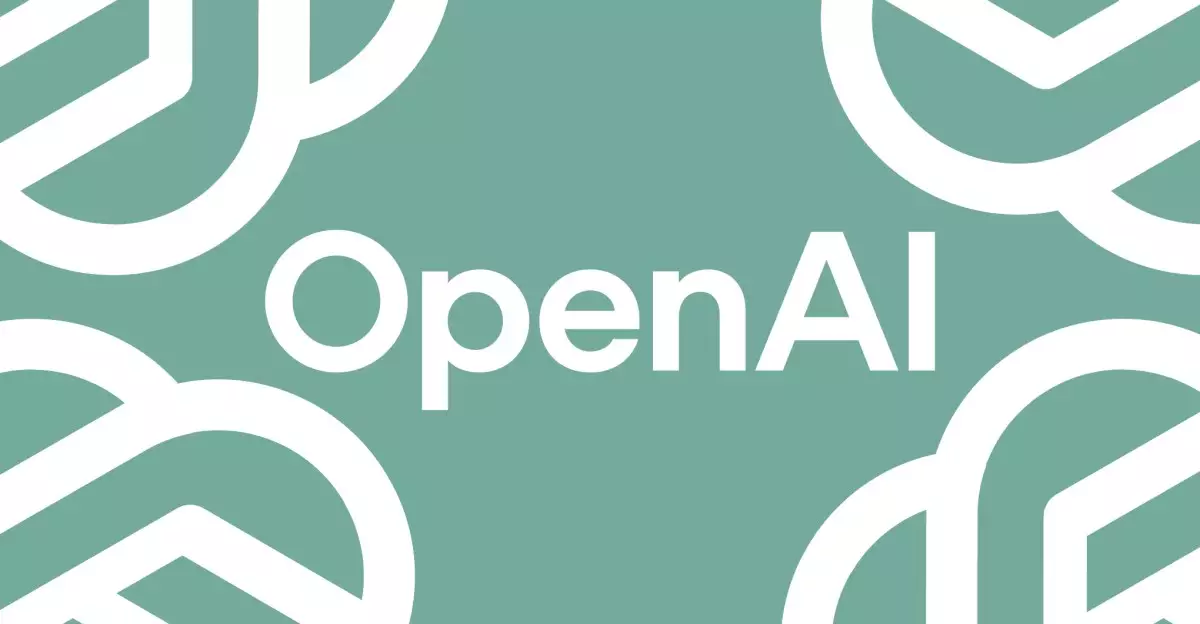OpenAI has once again demonstrated its prowess in the artificial intelligence landscape with the introduction of GPT-4.1. This latest multimodal model, which succeeds the previous GPT-4o, marks a significant evolution in AI development. What stands out is the enhanced capabilities that GPT-4.1 brings to the table—greater efficiency, improved responsiveness, and a broader context window. By expanding the maximum context length to an impressive one million tokens, GPT-4.1 is set to redefine how developers engage with AI, allowing for richer interactions and more nuanced understanding.
Revolutionizing Accessibility with Cost-Effective Options
In an era where affordability plays a crucial role in technological advancements, OpenAI has aptly balanced performance and cost. The introduction of smaller models such as GPT-4.1 Mini and GPT-4.1 Nano gives developers a range of choices tailored to different needs and budgets. The Mini variant continues to provide powerful features while retaining a more economical price point, while the Nano emerges as the lightweight champion—promising speed and efficiency without compromising usability. This strategic move not only democratizes access to powerful AI tools but also fosters innovation among developers who may have previously been deterred by the high costs associated with advanced models.
Technical Enhancements that Matter
The improvements in GPT-4.1 go beyond sheer numbers. OpenAI claims that the new model is “better in just about every dimension” compared to its predecessor. Notable enhancements are seen in coding and instruction-following capabilities, which are vital for applications that require precision and clarity. The AI’s ability to discern relevant text while effectively managing distractions has been robustly refined—a major boon for developers working on complex projects that require extensive context.
Additionally, GPT-4.1’s operational cost is significantly lower—26% cheaper than GPT-4o—making it an attractive option amid increasing competition in the AI sphere. This push for cost efficiency is especially crucial as companies like DeepSeek introduce ultra-efficient models that threaten to reshape market dynamics.
Navigating a Shifting AI Landscape
As OpenAI phases out its older models, the transition to GPT-4.1 signals a strategic shift in the company’s development roadmap. By phasing out GPT-4 and GPT-4.5, OpenAI is streamlining its offerings while ensuring that users have access to the most advanced, capable models available. This focus not only enhances user experience but also solidifies OpenAI’s reputation as a leader in innovation and adaptability within a rapidly evolving technology landscape.
Moreover, this pivot comes at a pivotal moment—especially following CEO Sam Altman’s announcement regarding the postponement of GPT-5. While anticipation builds around the future release, GPT-4.1 stands as a robust bridge, ensuring that developers do not miss out on powerful tools and capabilities while awaiting the next iteration.
With GPT-4.1, OpenAI is poised not only to lead but to inspire a new wave of creative applications. As developers harness these advancements, we can expect a surge of groundbreaking projects that leverage the model’s capabilities to their fullest potential.


Leave a Reply